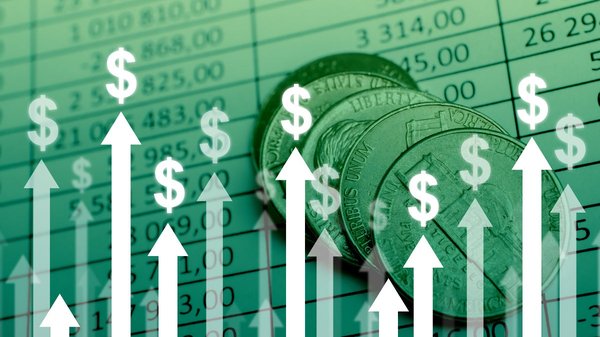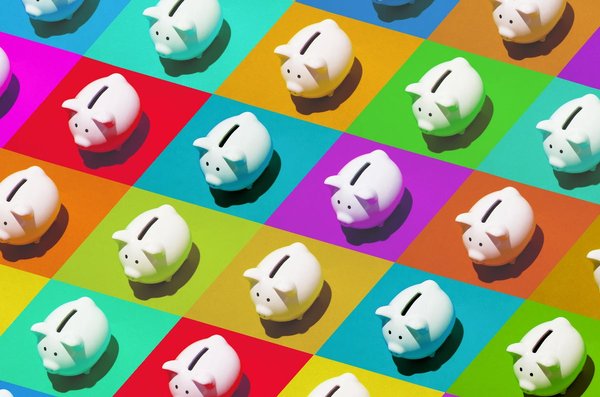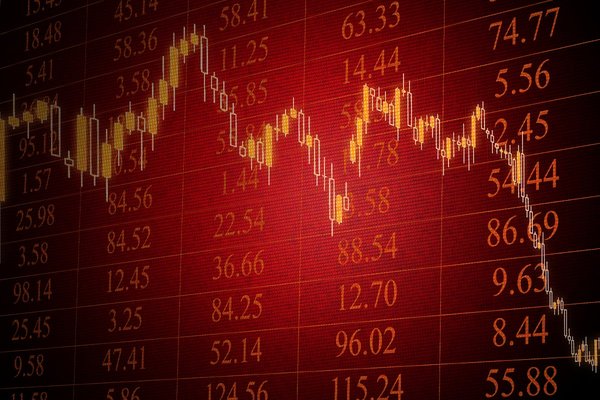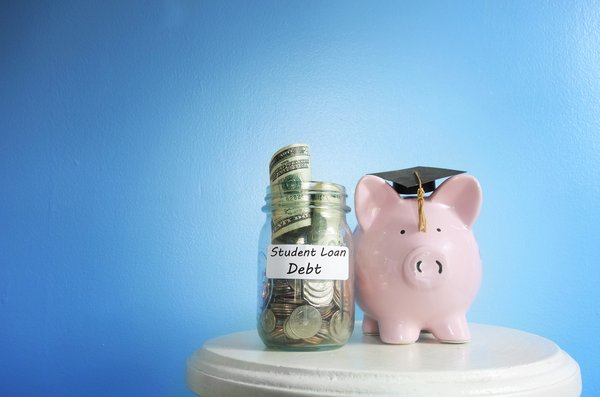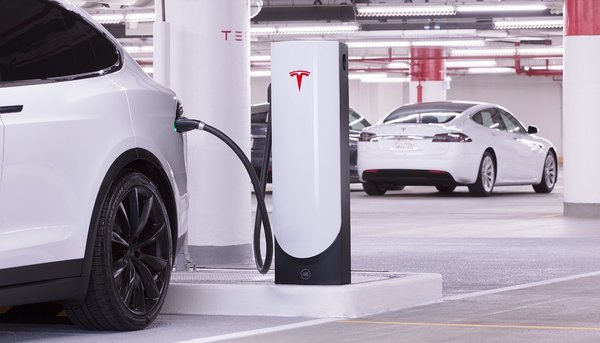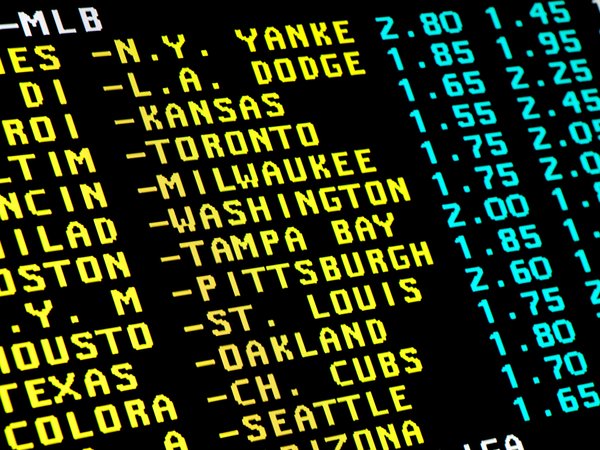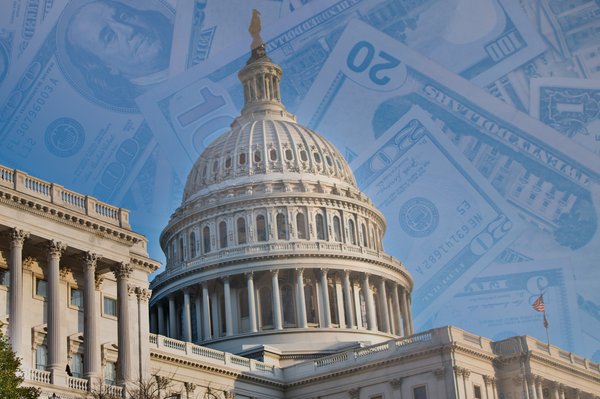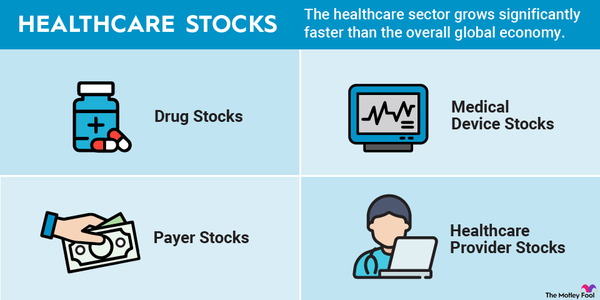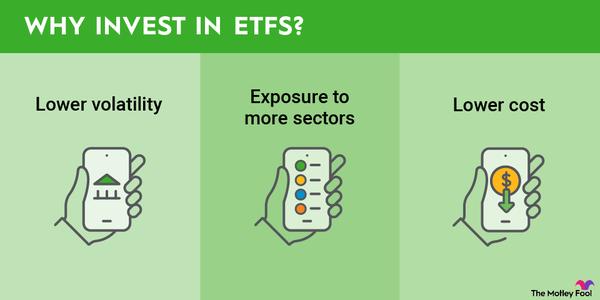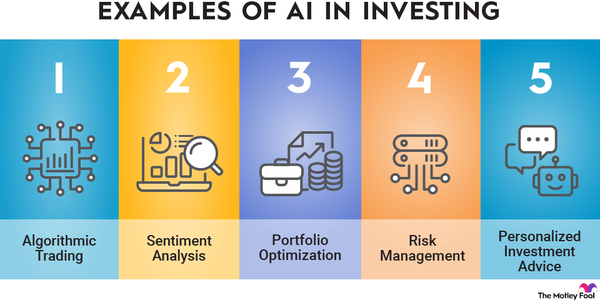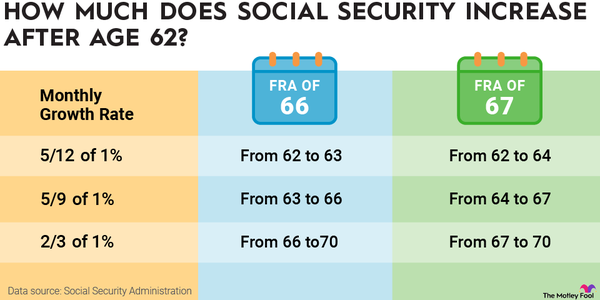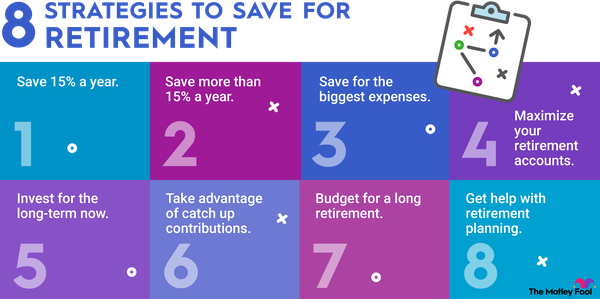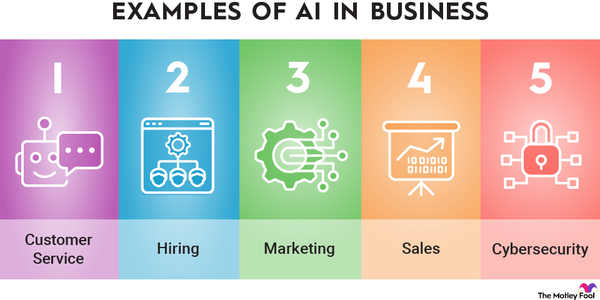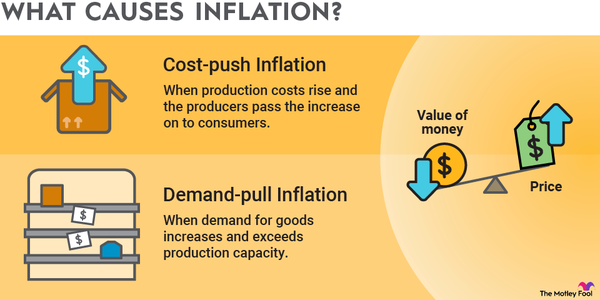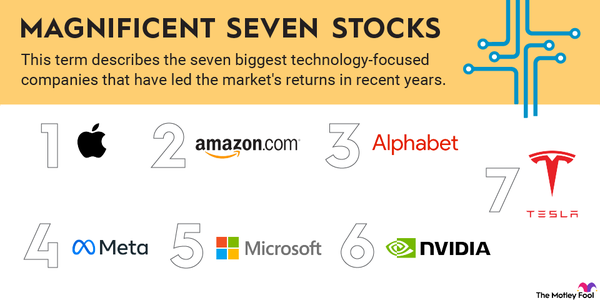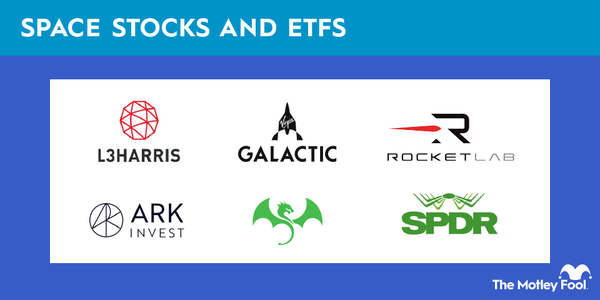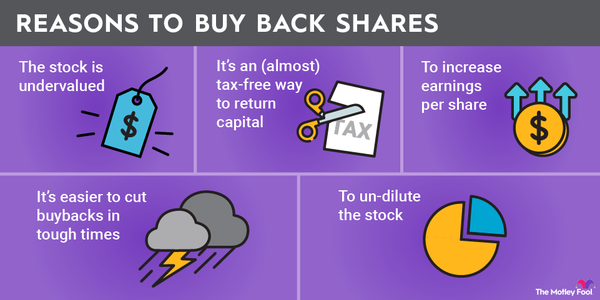Berkshire Hathaway (NYSE:BRK.A)(NYSE:BRK.B) is the top company in the financial sector, far ahead of JPMorgan Chase (NYSE:JPM) and Visa (NYSE:V). Big banks in the U.S. and China make up most of the largest financial companies.
Largest financial companies
Largest companies by market cap in the financial sector
| Name and ticker | Market cap | Current price | Industry |
|---|---|---|---|
| Berkshire Hathaway (NYSE:BRK.A) | $1.1 trillion | $771,403.96 | Diversified Financial Services |
| JPMorgan Chase (NYSE:JPM) | $639 billion | $229.70 | Banks |
| Visa (NYSE:V) | $647 billion | $331.35 | IT Services |
| Mastercard (NYSE:MA) | $468 billion | $513.98 | IT Services |
| Bank of America (NYSE:BAC) | $284 billion | $37.34 | Banks |
| Wells Fargo (NYSE:WFC) | $209 billion | $63.98 | Banks |
1 - 5
1. Berkshire Hathaway
- Market cap: $1.14 trillion (as of April 1)
- Revenue (TTM): $371.4 billion
- Gross profit (TTM): $66.2 billion
- Five-year annualized return: 24.10%
- Year founded: 1839
Originally in the textiles business, Berkshire Hathaway is now a holding company with subsidiaries across a number of industries, including insurance, freight rail transportation, and utilities. Investing legend Warren Buffett became CEO and chairman of Berkshire after taking majority control of the company in 1965.
Berkshire Hathaway is highly regarded for its financial performance and investment choices. Under Buffett (and Charlie Munger, until his 2023 death), Berkshire has grown significantly. It was the first U.S. financial company to reach a $1 trillion market cap.
2. JPMorgan Chase
- Market cap: $679.04 billion (as of April 1)
- Revenue (TTM): $177.4 billion
- Gross Profit (TTM): $177.4 billion
- Five-year annualized return: 25.16%
- Year founded: 1799 (Bank of the Manhattan Company), 2000 (merger of JPMorgan and Chase)
JPMorgan Chase is the biggest bank in the U.S. At the end of 2024, it reported $4 trillion in assets under management (AUM).
As one of the "Big Four" U.S. banks, JPMorgan Chase offers a wide range of financial products and services. These include bank accounts, credit cards, mortgages, auto loans, and wealth management.
3. Visa
- Market cap: $669.78 billion (as of April 1)
- Revenue (TTM): $36.8 billion
- Gross profit (TTM): $29.4 billion
- Five-year annualized return: 17.05%
- Year founded: 1958
Visa is a payment network that processes prepaid, debit, and credit card transactions. It's accepted in more than 200 countries and territories, making it one of the most widespread payment networks in the world. During the 2024 fiscal year, it processed 234 billion transactions.
This payments company is regularly on the cutting edge of technological innovations. It was the first major payments network to settle a cryptocurrency transaction, and it has invested heavily in artificial intelligence (AI) fraud detection.
4. Mastercard
- Market cap: $492.88 billion (as of April 1)
- Revenue (TTM): $28.2 billion
- Gross profit (TTM): $21.5 billion
- Five-year annualized return: 17.54%
- Year founded: 1966
Mastercard is a payment network and Visa's closest competitor. It's accepted in more than 210 countries.
In February 2025, Mastercard announced that it would remove the 16-digit card numbers from its credit and debit cards by 2030. It will replace them with tokenization, where instead of a number, each card has a unique, encrypted token. This change is expected to make payment card fraud more difficult.
5. Industrial and Commercial Bank of China
- Market cap: $339.10 billion (as of April 1)
- Revenue (TTM): $112.6 billion*
- Five-year annualized return: 6.00%
- Year founded: 1984
*Converted from Chinese yuan.
The Industrial and Commercial Bank of China, or ICBC for short, is the largest bank in the world. In 2024, it surpassed $6.7 trillion in AUM. The Chinese government owns a majority stake in ICBC.
6 - 10
6. Bank of America
- Market cap: $313.69 billion (as of April 1)
- Revenue (TTM): $101.9 billion
- Gross profit (TTM): $101.9 billion
- Five-year annualized return: 16.66%
- Year founded: 1904 (Bank of Italy), 1998 (merger of NationsBank and Bank of America)
Bank of America is the second-largest bank in the U.S., offering banking services, loans, and credit cards. During the Great Recession, Bank of America acquired Merrill Lynch for approximately $50 billion, expanding its investment banking and wealth management segments.
This big bank has prioritized expansion over the last decade. Since 2014, it has invested more than $5 billion in financial center expansion to enter new markets across the country.
7. Agricultural Bank of China
- Market cap: $265.52 billion (as of April 1)
- Revenue (TTM): $97.9 billion*
- Five-year annualized return: 8.79%
- Year founded: 1951
*Converted from Chinese yuan.
Agricultural Bank of China is the world's second-largest bank after ICBC. At the end of 2024, it had $5.9 trillion in AUM. It's partially state-owned, with the Chinese government having about a 40% stake through an investment company.
8. China Construction Bank
- Market cap: $239.76 billion (as of April 1)
- Revenue (TTM): $103.3 billion*
- Five-year annualized return: 6.82%
- Year founded: 1954
*Converted from Chinese yuan.
China Construction Bank is the third-largest bank in China and the world. Like the other biggest Chinese banks, it's partially owned by the state.
Bank of America previously owned a portion of China Construction Bank, purchasing a 9% stake in 2005 for $3 billion. It later began selling its stake, and it had sold the last of its shares in 2013.
9. Wells Fargo
- Market cap: $234.41 billion (as of April 1)
- Revenue (TTM): $80.1 billion
- Gross profit (TTM): $81.6 billion
- Five-year annualized return: 25.14%
- Year founded: 1852
Wells Fargo is the fourth-largest bank in the U.S., after JPMorgan Chase, Bank of America, and Citigroup Inc. (NYSE:C). It had $1.9 trillion in AUM in 2024. Products include bank accounts, credit cards, and home, auto, and personal loans. It also offers investing and wealth management services.
This bank has been involved in some high-profile scandals. One of the most widely reported was the Wells Fargo account fraud scandal, where employees opened fraudulent accounts for clients without their knowledge. Wells Fargo agreed to pay $3 billion in fines in 2020.
10. Bank of China
- Market cap: $225.29 billion (as of April 1)
- Revenue (TTM): $86.7 billion*
- Five-year annualized return: 10.04%
- Year founded: 1905 (Da-Qing Bank), 1912 (Bank of China), 1979 (re-established)
*Converted from Chinese yuan.
Bank of China is the final member of the "Big Four" banks in China, and it's fourth in terms of AUM. The Chinese government owns a majority stake. Bank of China has a larger global presence than the rest of China's big banks, operating in 62 countries and regions.
Related investing topics
Takeaways for investors
Financial sector takeaways for investors
Bank stocks may be the first thing that comes to mind when thinking of the financial sector. They do make up seven of the 10 largest financial companies, but the sector also includes other types of businesses, such as insurance companies and payment networks.
Economic downturns often hit financial stocks hard, and banks in particular. During periods of high unemployment, financial companies may get saddled with large amounts of bad debt that they need to write off.
However, the top companies in this sector are massive businesses with long track records of success. For patient investors, financial stocks can be a valuable addition to a portfolio.
















